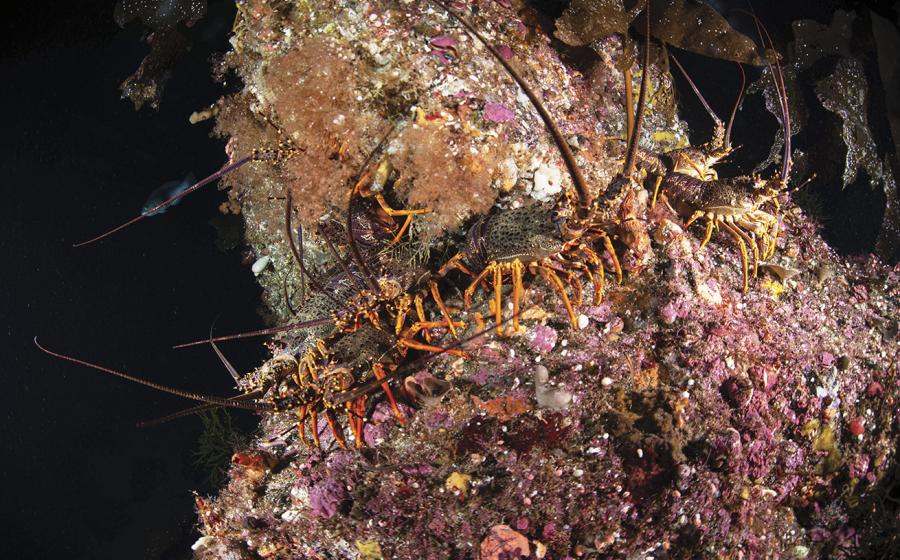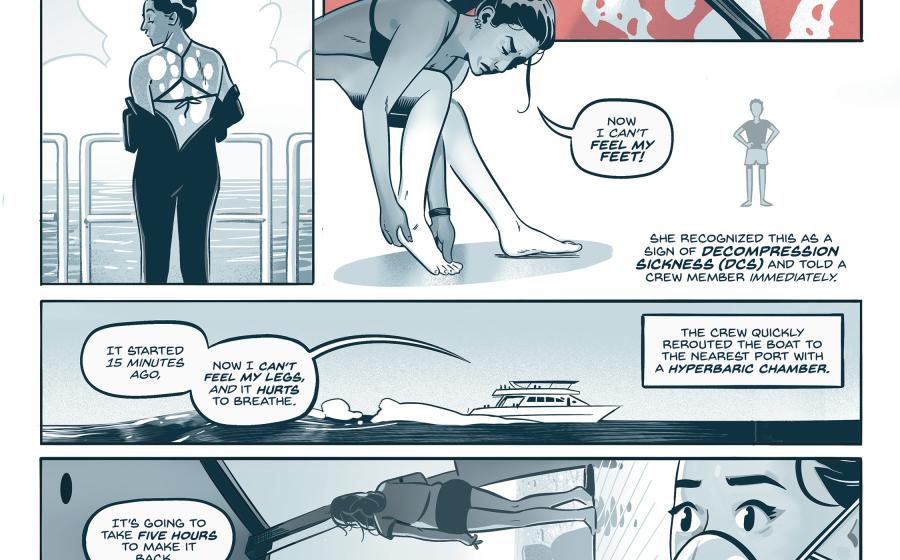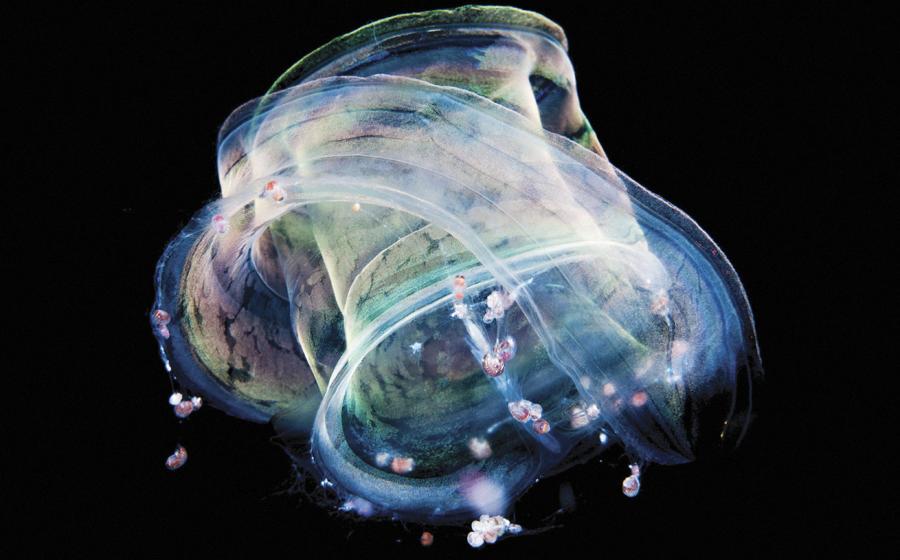Easter Island: The Best Site You Aren’t Diving
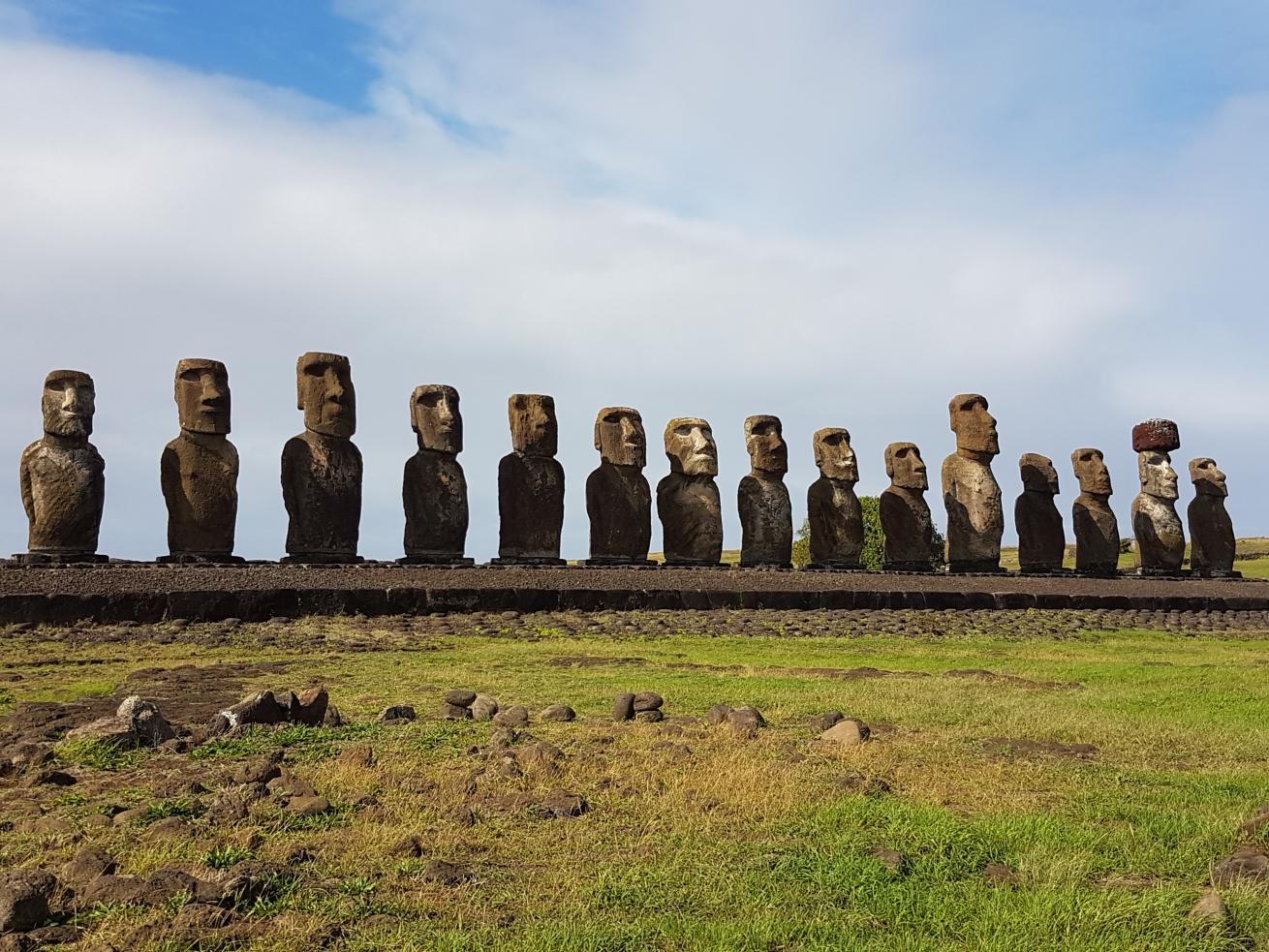
Carrie MillerAhu Tongariki is Easter Island's largest ceremonial structure: 15 standing moai set near the ocean.
Easter Island is a wild and windswept peak of a submerged mountain range, 63 square miles in size, 42 percent of which is the Rapa Nui National Park, a UNESCO World Heritage site. Located roughly 2,300 miles west of Chile, Easter Island (also known as Isla de Pascua or Rapa Nui, after the indigenous culture) is one big open-air museum, with an estimated 20,000 archaeological sites scattered around the island. Some of these are 200 years older than Machu Picchu, which dates to the mid-1400s.
It’s still rare for people to come to Easter Island to dive. Most people come here for the culture, not knowing how much it extends beneath the surface, as well.
We—Carrie, especially—fell in love with this unique, adventurous island. We’re definitely returning for another visit.
Related Reading: Join the Pelagic Party in Byron Bay, Australia
A Lesson in History
Easter Island’s history is a mystery. It’s believed the island was first settled between A.D. 800 to 1,200. We don’t know much for certain and what was known is lost.
For more than 500 years, the population of Easter Island flourished, co-existing in peace and arcing towards a cultural zenith. Parallel to progress, however, was the destruction and overexploitation of the island’s natural resources. There is archaeological evidence that Easter Islanders had to adapt to increasingly challenging conditions, leading to civil war, the abandonment of great works and the rising of a new cult.
Archaeological sites are scattered around the island. Most have signage, but they cover only part of the story. A guided tour is the best way to start, followed by self-exploration.
Carrie MillerChris Taylor diving next to a submerged moai, a sunken movie prop that provides a fun photo opportunity.
Here are four of our favorite locations:
Rano Raraku: The quarry where Easter Island’s moai (legendary and enormous monolithic statues) were created. It’s a fascinating insight into how they were created.
Ahu Tongariki: The island’s largest ceremonial structure—15 standing moai set in an undulating, open field near the ocean.
Rano Kau: An impressive 3,000-foot-wide volcanic crater filled with fresh water that was once the island’s primary water supply, as well as an ancient manavai (circular rock walls to protect crops). A viewing platform provides information and uninterrupted views of this special microclimate.
Orongo: The ceremonial village of Orongo is a spell-binding, cliffside collection of history and legend. On the heels of 200 years of civil war (14th to 16th centuries) came the Birdman Cult, a dangerous tournament held every spring to determine which clan chief would rule the island for the coming year. This political system, the antidote to civil war, continued for more than 200 years, the last competition being held around 1867. Visitors can follow a hillside path next to 54 elliptical stone houses once used for visiting dignitaries during the ceremony.
So Much to See
Most visitors to Easter Island stop there, never slipping beneath the sapphire sea to glimpse the secrets it holds.
The island’s unique underwater ecosystem has at least 140 species endemic to the area, including Easter Island butterflyfish (which is black, with a striking white outline), Michel’s chromis, Rapanui filefish and more. Easter Island also has some of the best visibility in the world, a staggering 230 feet, thanks to volcanic soil-filtered rainwater and a lack of ports and rivers. (We dove in 115-foot visibility, and the dive shop staff apologized for the “murkiness” of the water.)
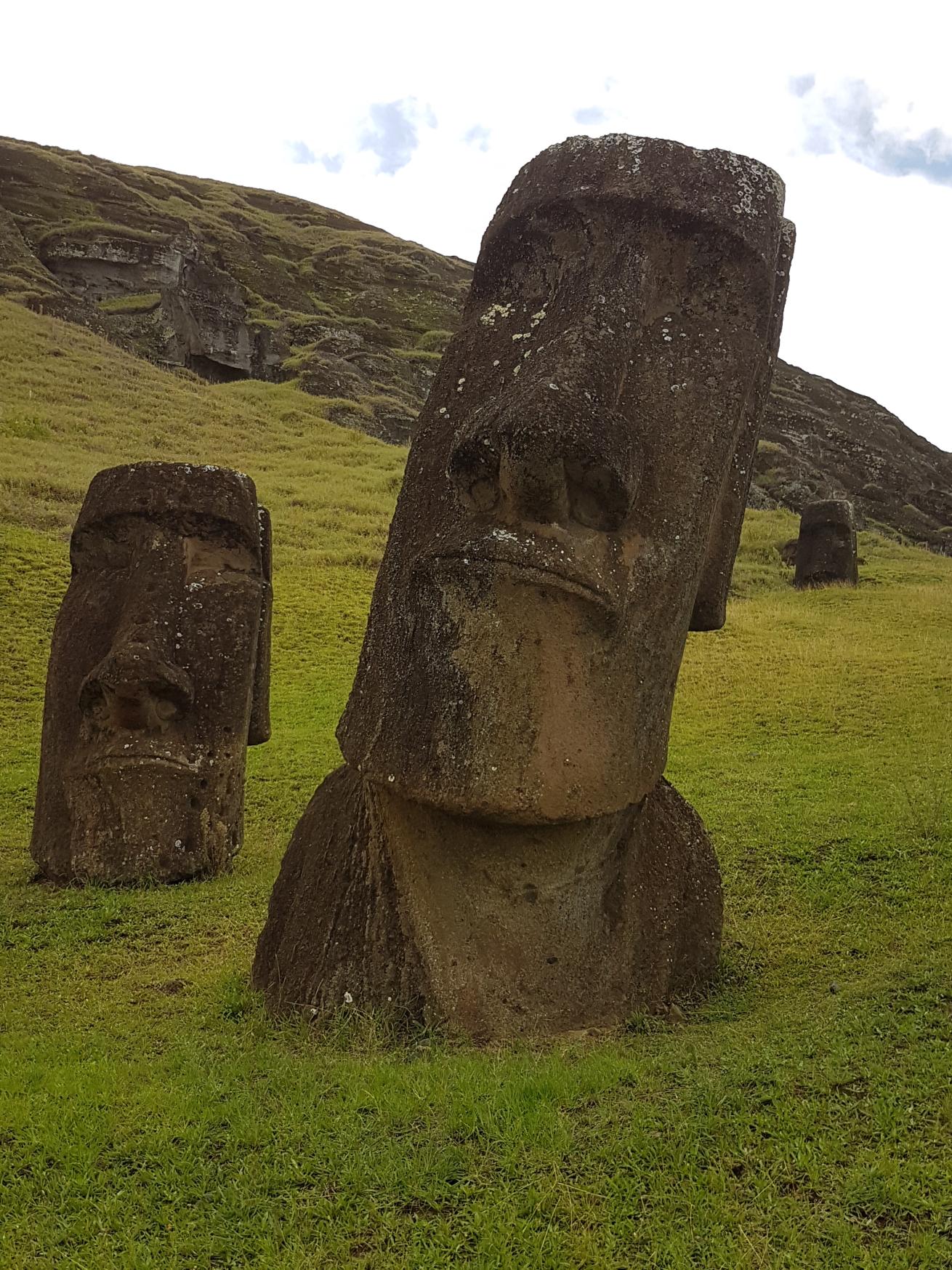
Carrie MillerWe—Carrie, especially—fell in love with this unique, adventurous island.
There are several dive shops based in the main town Hangaroa. Most of the diving is on the west side of the island close to the harbor. Almost all of the shops use local fishing boats for dive excursions, which adds a splash of adventure. The diving isn’t hard, but it’s a bit rough-and-ready, which some beginners might find daunting. You need to be comfortable taking your gear on and off in the water, and a lot of it is on the deeper side, so having your advanced open water certification and knowing how to be conservative with your profiles is advantageous, especially given that this is one of the most remote places on Earth.
Once you dive in, you’re free to explore this strange, underwater realm. The landscape is a network of contorted features. There are flat coral reefs full of cracks and channels, emerging onto large sandy plains. There are steep drop-offs, submerged pinnacles and twisted volcanic rock formations (arches, tunnels, cliffs and chasms). There’s even an underwater moai, although it’s not the real thing. It’s a prop from the 1994 film Rapa Nui, purposefully sunk at 72 feet and a fun underwater photo opportunity.
Larger marine life is notably absent, possibly due to pressure from the fishing fleets that sit on the edges of the marine parks, but there is a multitude of turtles, moray eels, small fish and macro life on display. Remember that fish hide in good visibility: Patience pays off here.
This is one of the best and most special dive locations in the world, in waters surrounding one of the best and most special places in the world.
Related Reading: Top 25 Reasons to Visit Saint Lucia
NEED TO KNOW
When to Go: Easter Island is pleasant, warm and moderately humid year-round, with sporadic showers. The island’s southern-hemisphere summer is busier; winter has the best diving conditions.
Dive Conditions: The wind is always a factor here and can cancel some dive days—pad in flexibility. Visibility is staggering—100 feet and beyond. Water temperatures are around 66°F in winter and 81°F in summer, with depths ranging from 59 to 130 feet. Best for divers with some experience; having your PADI Advanced Open Water Diver certification is an advantage.
Operators: Mike Rapu Diving Center. This PADI Five Star Dive Center is one of the oldest shops on the island: experienced, friendly and with great local knowledge.
Travel Tips: Easter Island is approximately a five-hour flight from Santiago, Chile . Hangaroa is the waterfront township home to most of the population; the rest of the island runs largely wild. It’s beneficial to hire a guide for the first few days (for bearings and background information). After that, renting a car and self-exploring is a good way to go.
Make a Difference: Te Mau o Te Vaikava o Rapa Nui—Mesa del Mar is helping to raise community awareness around ocean protection. One of their biggest victories was convincing the Rapa Nui people to overwhelmingly support the Rapa Nui Marine Sanctuary (established in 2018 and one of the world’s largest), overcoming initial opposition through education and community engagement. Follow their work on Facebook. Sometimes they hold ocean and coastal clean-ups and events that visitors can join in.
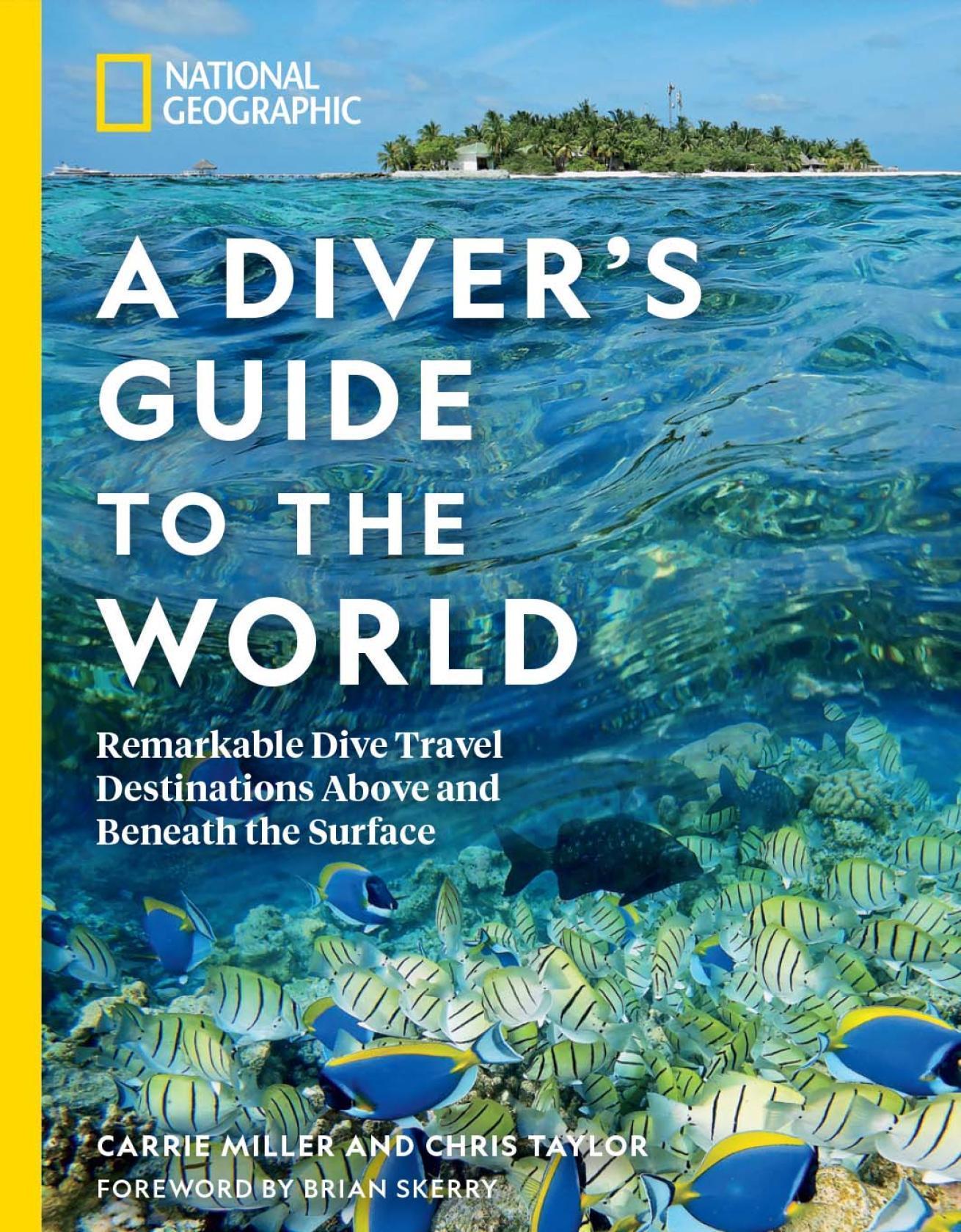
BIO
To create their one-of-a-kind National Geographic book, A Diver’s Guide to the World: Remarkable Dive Travel Destinations Above and Beneath the Surface, dive travel experts Carrie Miller and Chris Taylor traveled to 50 inspirational locations around the world, spending more than 250 hours underwater. Their monthly column explores the world using a mix of chapter excerpts and exclusive behind-the-scenes stories. Their project, Beneath the Surface Media, uses storytelling and ocean travel to encourage conservation through exploration. For more, follow them on Instagram and Facebook.





